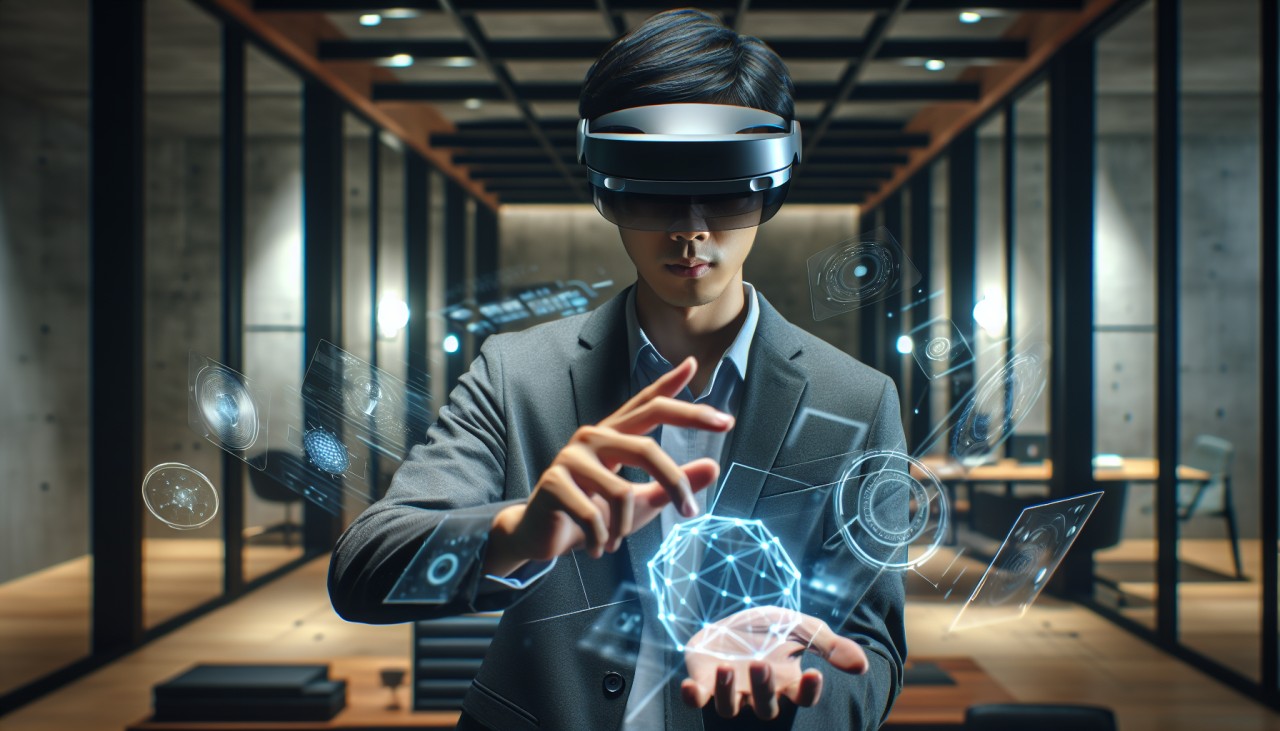Spatial computing is rapidly transforming our interaction with technology by seamlessly blending the digital and physical realms. This integration is facilitated by advanced hardware like Apple's Vision Pro headset, which offers immersive experiences through features such as eye tracking and gesture navigation. These innovations enable users to engage with digital content in a more natural and intuitive manner, moving beyond traditional screens. The development of dedicated spatial operating systems, like Apple's visionOS, further enhances this experience by providing a platform optimized for spatial interactions. This shift is not limited to consumer devices; industries such as healthcare are also embracing spatial computing. Companies like XRHealth are leveraging this technology to create virtual environments for medical training and patient care, demonstrating its potential to revolutionize various sectors.
The growth of spatial computing is also evident in the increasing adoption of augmented reality (AR) in retail. Retailers are utilizing AR to offer virtual try-ons, interactive displays, and in-store navigation, enhancing the shopping experience and bridging the gap between online and offline commerce. Additionally, the rise of spatial audio and haptic feedback technologies is contributing to more immersive and interactive environments. These advancements are supported by substantial investments from tech giants and startups alike, indicating a strong belief in the transformative power of spatial computing. As the technology continues to evolve, it is expected to play a pivotal role in shaping the future of human-computer interaction, offering new opportunities for innovation and efficiency across various industries.
Key Takeaways
- Spatial computing merges digital and physical worlds for intuitive interactions.
- Apple's Vision Pro and visionOS set new standards in spatial computing.
- Healthcare and retail sectors are adopting spatial computing for enhanced experiences.
- Augmented reality, spatial audio, and haptic feedback are key immersive technologies.
- Significant investments highlight the transformative potential of spatial computing.
